2016 Kawasaki Jet Ski Ultra 310R Review
Kawasaki's pure performance Jet Ski
Let’s make something clear from the start: Kawasaki’s Ultra 310R won’t win the bells-and-whistles war.
In fact, it doesn’t even try. Instead, the craft focuses on pure, unadulterated performance. Handling. Horsepower. Big-water worthiness. It’s the Ultra, stripped to its essence, and with the benefits of some aftermarket-inspired additions.
That may turn some people off. That’s okay…because it will definitely turn some people on.
More Horses
Let’s start with the way to any performance junkie’s heart – power. The Ultra’s power comes from a familiar source, the 1,498cc inline four-cylinder that has carried most of the entire platform for quite some time now. At 310 horsepower, it continues to set the bar in the PWC industry, eclipsing the competition by at least 10 ponies. That doesn’t mean it’s the runaway fastest model; both Sea-Doo and Yamaha now duke it out with Kawi in terms of the fastest speed, but it’s arguably the model that feels like it delivers the most brute force. An Eaton Twin Vortices supercharger and sizable intercooler enhance the power delivery off the bottom end with 16.8 psi of boost, and the resulting thrust put to the water measures in at 1,890 pounds. Jam the throttle against the handlebars and the craft flies out of the hole, rapidly closing the gap between 0 and close to 70 mph (the latter measured in relatively ideal conditions). Expect a ballpark number of 67 in normal use.
Along the way the craft sounds the part. It whirs to life like a fighter jet, with a low-pitch whoosh that can sound intimidating, but belies the overall ride. The Ultra 310R’s deep 22.5-degree hull deadrise makes easy work of rough conditions, slicing through chop with total confidence. Wakes don’t batter the boat or toss it about en route; instead, they almost succumb to the craft’s dominance.
 A 22.5-degree hull deadrise chews up rough conditions like no other PWC.
A 22.5-degree hull deadrise chews up rough conditions like no other PWC.Yet flat water riding isn’t compromised. Though the Ultra is a beast, both in terms of power and physical dimensions, it can mimic a smaller craft when the time comes to carve a few turns. Use the electric trim to plant the bow deeper in the corners and the hull whips in and out of corners with precision. Raise the nozzle to increase the hull’s running angle and lessen the wetted surface and the boat is ready to challenge in any drag race you throw its way.
Aftermarket Inspiration
The Ultra 310R‘s Type-R personality is laser-focused on those who appreciate those performance leanings. Note the handlebars. Rather than wrapped in a protective cocoon with a giving tilt mechanism, they’re exposed stainless steel, with an aftermarket-style crossbar pad and rigid connection to the steering column. Riders can dial in up to 12 handlebar positions via three height adjustments and two mount positions, along with rotating the bars, to match their physical size or riding style (just not on the fly). The resulting connection avoids the play common in the typical handlebar setup.
 Drivers have 12 adjustment options available with the Ultra 310R’s handlebars.
Drivers have 12 adjustment options available with the Ultra 310R’s handlebars.Turning to the seat, it’s narrower than the typical Ultra perch, particularly in the midsection. This lets riders bring their thighs closer together, brace more effectively, and transfer some of the force of an abrupt turn at speed from their weaker arms and upper body to the stronger lower body muscles. It’s also more comfortable for those of us with shorter legs.
And it has a racing pedigree. The seat cover material has a somewhat grippy feel to keep you locked in position. The single bolster further locks the driver in place and offers lower-back support. Should you need to move around in the saddle to best position your weight, the bolster is soft enough that you can actually sit atop it when necessary. There’s no pronounced secondary bolster for passengers, leaving the aft real estate free of obstructions.
 A single bolster in the seat helps lock the driver into position.
A single bolster in the seat helps lock the driver into position.Keep The Focus
As alluded to in the introduction, the emphasis on performance comes with a catch. You won’t get all the bells and whistles you might find on the competition. That’s an across-the-board fact for all Ultras, but seems even more appropriate here.
You will get electronic throttle, which means cruise control and no-wake mode are included. Performance junkies might not find them a necessity, but both make life much more tolerable overall, holding a steady speed when cruising, towing, or navigating a lengthy no-wake zone. Kawasaki also offers a fuel-saving ECO mode, but stands out from the pack by keeping the performance spirited even when activated.
 Electronic trim offers more control for aggressive handling.
Electronic trim offers more control for aggressive handling.The biggest omission? You won’t get any kind of electronic reverse or braking/deceleration capability. Kawasaki has thus far not jumped on the bandwagon in this regard, and in comparison its old-school reverse feels rather archaic. The control handle is on the port side at least, making it possible to control both throttle and reverse simultaneously. Both Sea-Doo’s iBR and Yamaha’s RiDE, however, offer far more control, both in tight quarters and in terms of deceleration at speed.
But you will get very practical storage and fuel capacities. Kawasaki lets you bring enough gear to fill 56 gallons of space. The Ultra also provides over 20 gallons of fuel capacity.
Go Speed Racer, Go
In many ways, the Ultra 310R is a racer’s craft. It’s pared-down focus is on performance and handling, and it’s got the goods to back it up. Race it stock, use it as a building block should you turn to the aftermarket, and know you haven’t wavered from your mission.
Hardcore recreational riders, however, may also find it enticing. There’s no frills or extras you may not use, few extras that could break or affect your riding. You’ve just got the hull, the handling and the power to shred the water, slay the waves and outrun plenty of riding buddies.
In short, if you’ve got the skills…it can most definitely bring the thrills.
| 2016 Kawasaki Jet Ski Ultra 310R Specs | |
| Length | 132.7 inches |
| Beam | 47.0 inches |
| Curb Weight | 1047.4 lbs |
| Engine | Four-cylinder DOHC EFI; Supercharged/Intercooled |
| Displacement | 1,498 cc |
| Bore and Stroke | 83mm x 69.2mm |
| Compression Ratio | 8.2:1 |
| Rated Horsepower | 310 |
| Fuel Capacity | 20.6 gal. |
| Combined Stowage Capacity | 56 gal. |
| Colors | Ebony/Lime Green |
| Price | $16,299 |
Get PersonalWatercraft.com in your Inbox!
Like PersonalWatercraft.com on Facebook
Comments
Most Popular

Remembering the Sea-Doo XP

2025 Yamaha JetBlaster PRO 2-Up Review

2024 Kawasaki Jet Ski STX 160X Review

2024 Yamaha GP HO Review

2017 Kawasaki Jet Ski Ultra 310LX Review

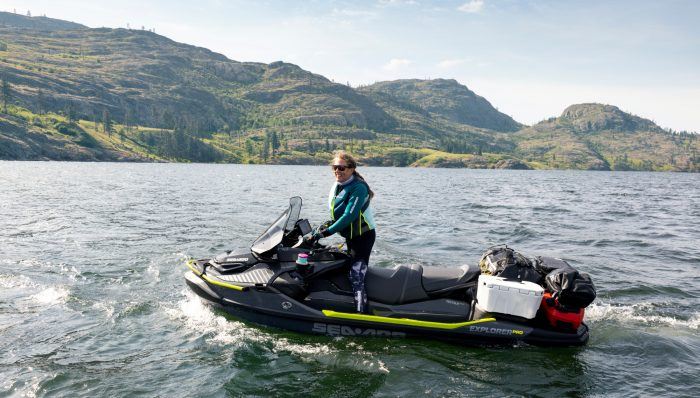
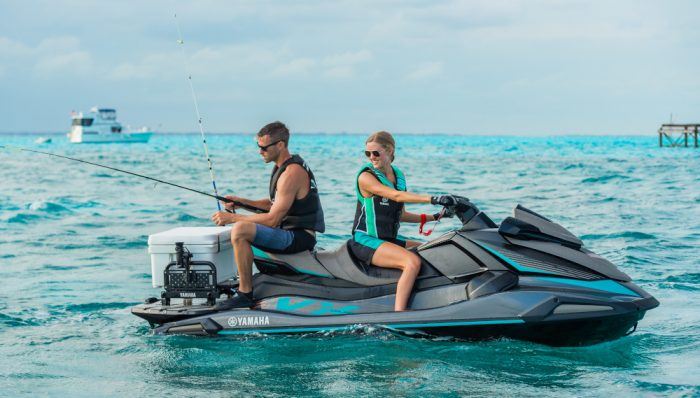
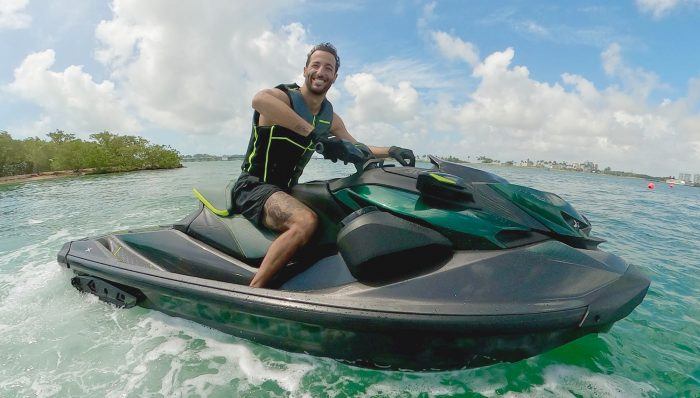






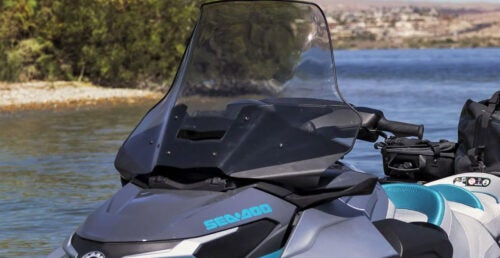
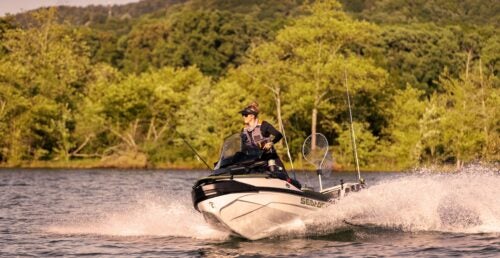


 Your Privacy Choices
Your Privacy Choices